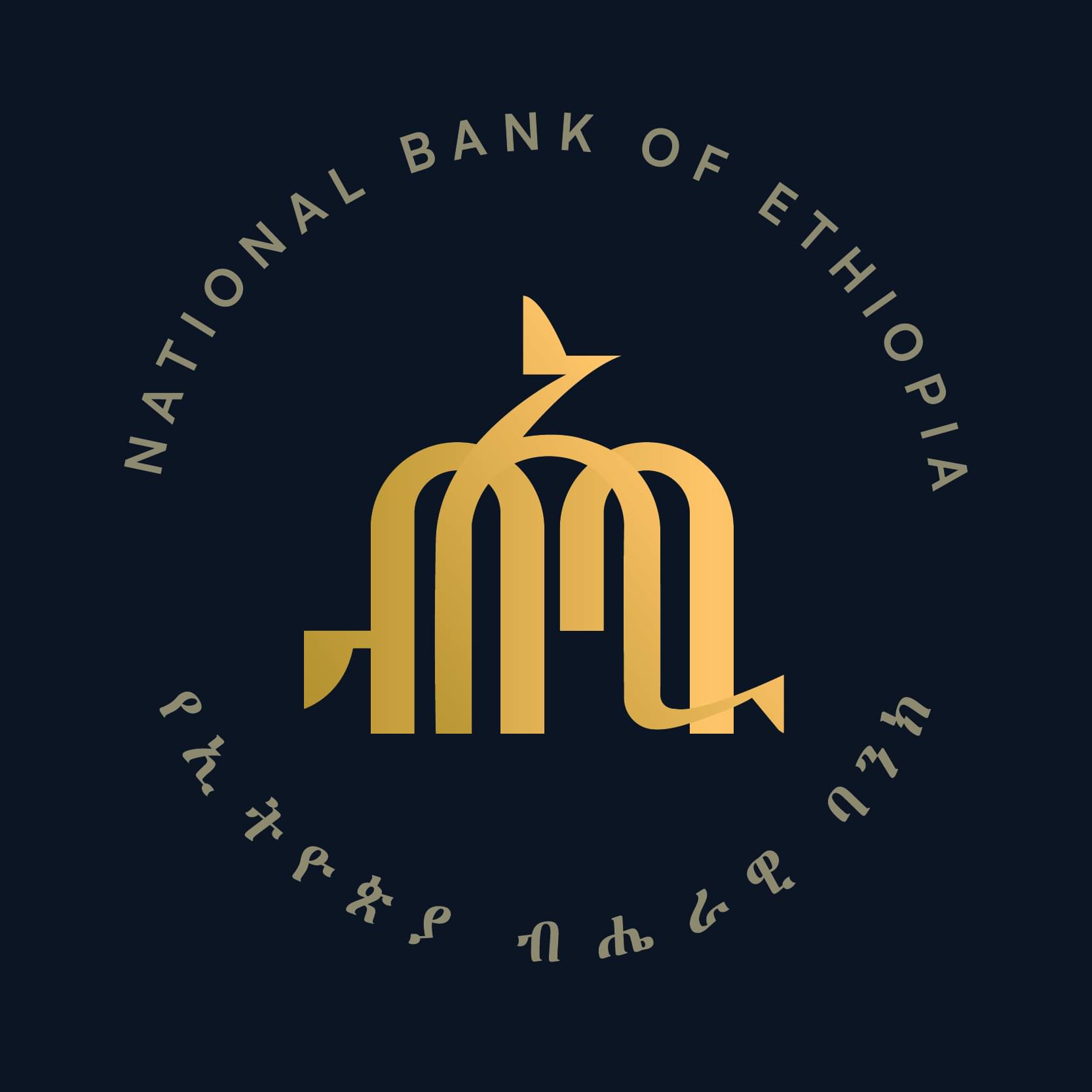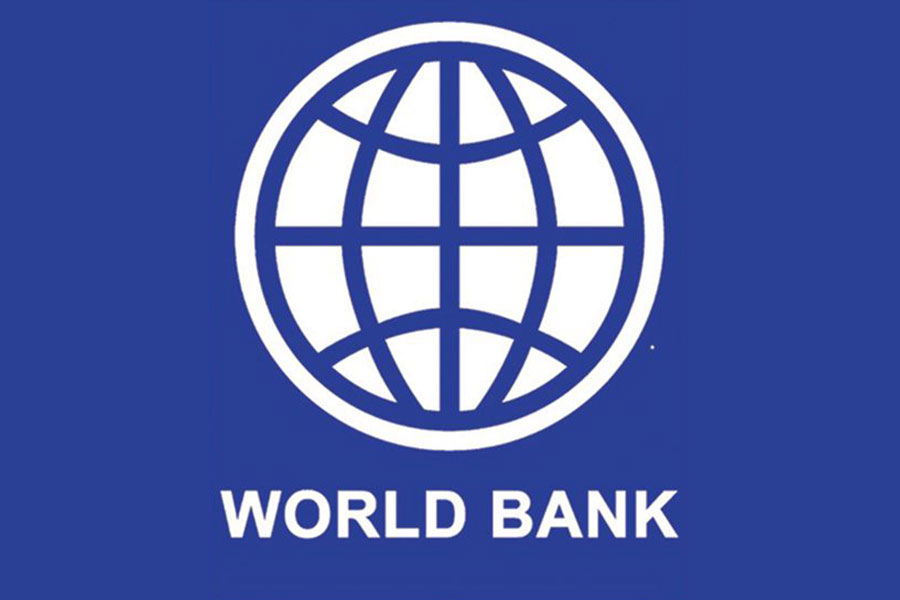
Fortune News | Oct 15,2022
Sep 29 , 2025

The Central Bank has unveiled a formal policy interest rate regime and an interest rate corridor, mechanisms long considered foundational in modern central banking.
Announced by the National Bank of Ethiopia (NBE) today, September 29, 2025, the change represent the most explicit articulation of monetary policy since the NBE’s inception. The introduction of the “National Bank Rate”, set initially at 15pc, is flanked by standing deposit and lending facilities. This corridor creates a band within which interbank interest rates are expected to fluctuate, thereby enabling the Central Bank to influence short-term liquidity conditions and, ultimately, broader financial market behavior.
The Central Bank also committed to conducting regular open-market operations (OMOs) and reviving a dormant interbank money market, components of a functioning monetary transmission mechanism.
Together, these tools are hoped to help policymakers shift from a regime of credit rationing, where the Central Bank directed credit flow, to one of price signalling, where the cost of money becomes the primary policy instrument.
A functioning and credible corridor sets a price for liquidity so that banks respond to the Central Bank Rate and the cost of borrowing or depositing money at the Central Bank, rather than waiting for directives. Open-market operations (the buying and selling of NBE's paper or government securities) are expected to deepen short-term markets and provide banks with a reference for setting deposit rates. A functioning interbank market is also expected to give banks a safety valve for their daily cash needs, reducing the urge to hoard liquidity.
The statement Central Bank issued described these changes as part of a "macroeconomic environment of steady activity and a continuing disinflation trend," casting the new tools as vital to consolidating these gains.
The National Bank Rate becomes the main policy signal, with the standing deposit facility as the floor and the standing lending facility as the ceiling. The NBE announced that open-market operations will now be scheduled to absorb or provide liquidity as needed, ending ad-hoc measures.
Analysts foresee that the interbank money market will likely become more active, as banks are encouraged to manage liquidity actively rather than simply building up reserves. The NBE also restated its readiness to intervene in the currency market alongside open market operations to help keep financial conditions stable.

Fortune News | Oct 15,2022

Fortune News | Mar 30,2024

Radar | Aug 18,2024

Radar | Apr 16,2022

Radar | Apr 01,2024

Fortune News | Feb 08,2020

Fortune News | Nov 27,2021

Fortune News | Jun 04,2022

Radar | Mar 25,2023

Fortune News | May 23,2021

Photo Gallery | 166785 Views | May 06,2019

Photo Gallery | 157033 Views | Apr 26,2019

Photo Gallery | 146274 Views | Oct 06,2021

My Opinion | 135935 Views | Aug 14,2021

Sep 27 , 2025
Four years into an experiment with “shock therapy” in education, the national moo...

Sep 20 , 2025
Getachew Reda's return to the national stage was always going to stir attention. Once...

Sep 13 , 2025
At its launch in Nairobi two years ago, the Africa Climate Summit was billed as the f...

Sep 6 , 2025
The dawn of a new year is more than a simple turning of the calendar. It is a moment...